Review
In its six-months on our test fleet, the Vauxhall Astra Electric hatchback impressed with its solid performance and practical features.
But the period of analysis showed it faces stiff competition in financial terms when measured in service, maintenance and repair costs and residuals.
At the time of writing, Vauxhall has just announced a series of price cuts for the model, improving its value proposition. The Astra Electric is now available from £34,945, in Design trim, with GS and Ultimate trims priced at £37,240 and £39,395 respectively. This represents a reduction of £3,865 on our Ultimate trim car.
One of the areas the Astra provided most comfort during our test was its battery range.
The Astra provided a respectable real-world range of up to 195 miles, with a claimed maximum WLTP range of 258 miles.
Energy consumption according to Vauxhall is 4.2 mi/kWh. In my experience the figure went from 3.8 and then consistently stayed around the 4mi/kWh figure.
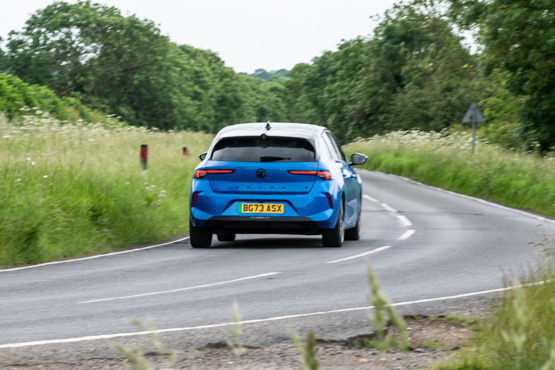
From a Total Cost of Ownership (TCO) perspective, one of the Astra's standout advantages is its relatively low service, maintenance and repair (SMR) costs. It also offers strong residual value retention at 37%.
These factors contribute to the Astra's overall value proposition.
The Astra also boasts several advanced safety features that are now legally required for new vehicles, including lane assist, emergency braking, and driver drowsiness detection.
The lane assist system is highly sensitive, especially in rural areas with inconsistent road markings. For weeks it was strangely silent, but just before we parted company, the warning chimes burst into life, to the point where I never thought they’d stop. And I was on the A1, driving determinedly between the lines. Nonetheless, it is a valuable safety feature that certainly enhances driver alertness!
Overall, the Vauxhall Astra Electric hatchback offers a compelling blend of low maintenance costs, robust charging capabilities, advanced safety features, and strong residual value, together with an ease of driving and use, making it a solid contender in the growing EV market.
Conventional look and feel
We’ve considered how the Astra compares against its rivals on paper, but how about the more tangible aspects? Things like practicality, driveability and desirability.
As a Stellantis brand, Vauxhall uses a shared platform for the Astra Electric and its closest relation is the Peugeot e-308.
Historically, the Astra would go head-to-head with the Ford Focus but that as good as dead now. The VW Golf, while still alive and kicking, is not available with an electric powertrain. VW does offer the ID3, however.
There’s also the Volvo EX30, a new entrant in the market.
Of the bunch, the Astra is the most familiar. By that I mean it’s the most conventional when it comes to look, feel and layout.
The E-308 uses Peugeot’s i-cockpit layout, placing the instrument cluster high up and above a small oval steering wheel. In the Astra the driving position is much better. The steering wheel sits in the normal place, with ample adjustment and good visibility of the instruments.
Vauxhall’s ‘PurePanel’ dashboard design sees the digital instrument cluster combined with the central infotainment screen to create a panoramic display. The end result is a user-friendly, driver-oriented cockpit that puts all the key controls in easy reach.
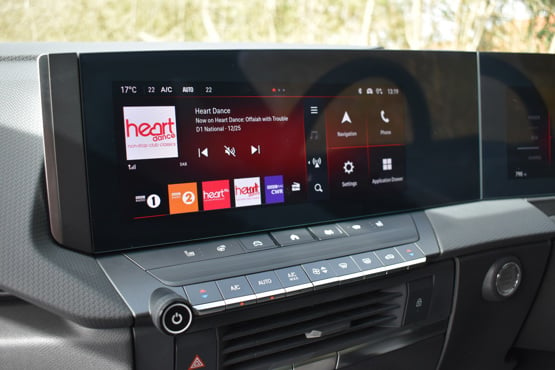
In the ID3 and EX30 you’ll find a much more minimalist layout, which puts more focus on the central screen. While these cars are more spacious inside, performing basic tasks - like adjusting the cabin temperature – are less straightforward.
The Astra has a neat row of switches beneath the central display, so you can change the temperature, turn on the heated seat or window defroster without using the screen.
When it comes to practicality, the ID3 has the largest boot and its flat floor offers decent room inside. The EX30 is the smallest car, overall, but it feels spacious inside. The Astra and E-308, both being derived from cars with an internal combustion engine, have more cramped interiors.
Peugeot has opted for a more dynamic suspension setup than Vauxhall, giving the Astra a relaxing, comfort-focused drive. The E-308 feels keener in the bends, but both cars lack excitement when it comes to performance with a modest 154PS output.
The rear-wheel-drive ID3 has more power (204PS) and feels just as refined. The Volvo is the most rapid, with an extra 118PS over the Astra.
While the Astra may seem like the most dated model among this pool or rivals, familiarity is still a valuable trait. Drivers switching out of a four- or five-year old car may find the tech-heavy Volvo and VW a little overwhelming. Equally, Peugeot’s non-conventional driving position isn’t to all tastes.
Running costs compared
The electric Astra is in a tough battle with a growing list of competitors to win market share.
Here I’ve pitted it against four key competitors. All the data is taken from the Fleet News’ running cost tool where you can dive deep into the core financials for each model.
Competing against our top-spec Astra Ultimate here are the MG5, Renault Megane E-Tech, Volkswagen ID3 and Volvo EX30, on a four-year/80,000 mile operating cycle.
The Astra is immediately put on the back foot by its relatively high P11D price - £43,205 – with only the Volvo costing more at £43,295.
The ID3 sits just under the £40,000 mark, the MG3 comes in at £33,440 and Megane E-Tech £38,440.
Depreciation harms the Astra, too. It retains 29% of its initial value after four years. The Volvo manages 36%, while the VW achieves 34%.
The MG5 languishes in last place at 24% retained value.
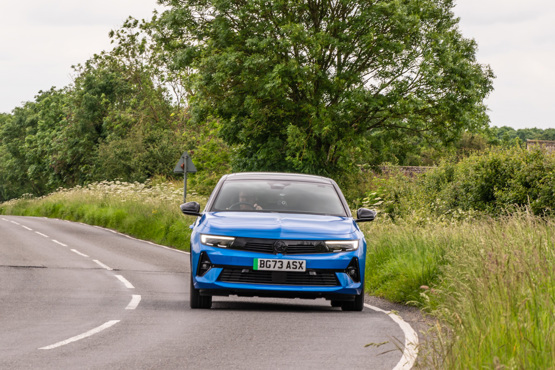
Factoring in depreciation, service, maintenance and repair costs, and fuel, the Astra has the highest running cost of the competing set at 44.5p per mile.
The MG has the lowest cost at 37.4ppm, mainly owing to its cheaper SMR costs.
Looking at the electric elements of each car, the Astra has the smallest battery with a usable capacity of 50.8kWh and a range of 260 miles.
The ID3 has a 77kWh unit, giving an impressive 347 miles.
All have 11kW AC charging power – except the Megane which has 22kW - and use a type 2 port.
When it comes to fast charging, the Astra manages a 10%-80% charge in 26 minutes.
The Volvo is the quickest, shaving one minute off the Astra's time.
The MG is the slowest, taking 42 minutes.
|
|
P11D |
Range WLTP |
Depreciation (ppm) |
SMR (ppm) |
Fuel per mile (ppm) |
Total (ppm) |
|
Vauxhall Astra Electric Ultimate |
£43,205 |
260 |
38.5 |
3.6 |
2.1 |
44.5 |
|
MG5 Trophy |
£33,440 |
249 |
32 |
2.9 |
2.5 |
37.4 |
|
Renault Megane E-Tech Iconic |
£38,440 |
280 |
34.6 |
3.5 |
2.3 |
40.5 |
|
VW ID3 Match Pro S |
£39,995 |
347 |
32.9 |
5.2 |
2.2 |
40.3 |
|
Volvo EX30 Extended Range Ultra |
£43,295 |
298 |
34.7 |
3.7 |
2.4 |
40.9 |
It’s an increasingly tough battle ground out there and the Astra has its work cut out to stand apart from the pack. In a bid to increase its competitiveness, Vauxhall has added a new Griffin model to the Astra Electric line-up. With a price of £34,940, it undercuts all but the MG5 in our cost comparison exercise. The Griffin also has the lowest overall running costs, at 35ppm.
The Griffin comes with smaller 16-inch wheels, when compared to our Ultimate version. And it also does without the sunroof, Intellilux pixel headlights, electrically adjustable front seats and heated windscreen, but you do still get keyless entry, heated seats and adaptive cruise control.
In other news, the scheduled first service of the Astra took place without any hitches.
Marshall Vauxhall in Peterborough kept me updated throughout the day on progress via four text messages – starting with an offer of an online check-in and including a video of the electronic vehicle health check of the vehicle on the ramp. The only item flagged, as an amber warning, was the driver side front tyre was 39% worn with a remaining legal tread depth of 3.9mm, plus a small cut in it. A new replacement Pirelli tyre was quoted at £165, a Michelin at £243. Replacing the worn tyre was not authorised. The cost of the first service was £73.10.
Range and charging
When driving an all-electric car so much of your confidence in its ability to get you where you need to be from one day to the next rests on the minutiae of the battery and the car’s charging capacity, its range, and the charging network.
So, let’s look at the fundamentals of the Astra.
Vauxhall fits a 54kWh battery with a useable capacity of 50.8kWh. The official WLTP range is 258 miles from a single charge.
In my experience, the maximum estimated range on the car’s dashboard is 262 miles and the real-world range is about 195 miles.
EV-Database which provides the information for our electric car and van data tool says this can fall to 140 miles on motorways in cold weather – at worst case –10-degrees Celsius – and conversely in mild weather and city driving the Astra’s range can go up to 295 miles.
The best-case scenario in mild weather is given as 23-degrees without using air conditioning, and with any of the stated figures, reality depends on speed, driving style, the actual temperature and route conditions.
The stated energy consumption is 4.2mi/kWh. The car for the last two weeks has been showing a figure of 4.0mi/kWh, up from 3.7 when I first started driving the Astra. This gets me just over the 200-mile range mark.
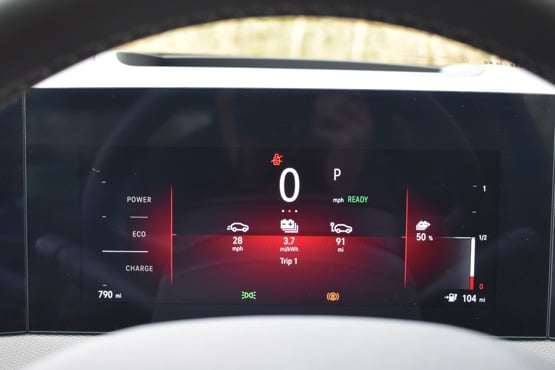
As with all the Vauxhall fully electric range, the Astra supports up to 100kW DC rapid charging, with an 80% charge taking 30 minutes. All Astra Electric models come standard with a three-phase 11kW AC on board charger, suitable for use with a wallbox at your home.
I’ve mostly plugged in at our office with its 22kWh charge points. Here, the Astra will take a charge at a maximum of 35mph and take five and a half hours to reach 100% range.
And in my travels around Lincolnshire and Cambridgeshire I have found myself at a shopping centre’s free 7kW charge point (with a rate of 24mph) and a BP Pulse 43kW charger (160mph).
Fortunately, I’ve had no problems finding charge points. The car's sat-nav will even guide you to them.
There have been instances, when it always seems late at night, where the point hasn’t been functioning at all, the instructions baffling, or payment wasn’t possible.
Did you know?
Vauxhall is supporting the Electric Streets of Britain campaign, aimed at encouraging local councils to accelerate the installation of on-street residential charging points, a key cornerstone in accelerating the buying of EVs.
The brand has launched a database allowing motorists to express an interest in having a charge point installed on their street. Vauxhall passes this information to local councils and charge point providers.
Its move follows a Freedom of Information request submitted to 414 UK local authorities asking how many on-street residential chargers are due to be installed in the next 12 months. 72% of councils have no published plans; 69% have not installed any on-street residential chargers.
Vauxhall EV owners can also charge at Tesco stores for free for a year at 2,700 stores.
Safety systems chime in
Alongside a host of safety systems, such as emergency braking, driver drowsiness or attention warnings, intelligent speed assistance, and reversing detection, lane assist – or lane positioning assist in Vauxhall – has been a legal requirement for all new cars since July 2022.
This had escaped my notice, but the Astra has brought it to my attention loud and clear, since its lane assist system is super sensitive.
Living in rural East Anglia, lane markings are inconsistent, or often not present at all on long stretches of some A-roads and nearly all B-roads, and they are hardly Roman-road straight. So, the lane assist chimes go off regularly – up to 30 times in succession on one count.
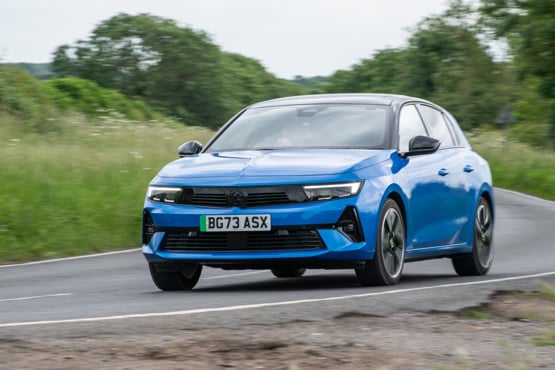
It does get annoying, and there is nothing in the way I drive, no road positioning or speed, for example, that I have identified that can influence the number of chimes, or make it stop.
You can switch this feature off via the dashboard controls, but as per the legal requirement, only on a journey-to-journey basis, not permanently.
I haven’t yet found a way to disable another chime.
The keyless entry is super useful when my hands are full of shopping or other paraphernalia, but on each occasion of locking the car it emits a double chirp. This is reassuring most of the time as you walk away from it, knowing it’s secure, but late at night or in the early hours I wonder how much the neighbours curse being alerted to my comings and goings.
In other news, the service light has come on in our Astra. My chosen dealer is Marshall Vauxhall in Peterborough. I rang to organise the service with the first available date for the appointment in four weeks' time. I’ll outline the outcome of the scheduled safety checks and battery monitoring in my next write-up.
Vauxhall Astra Electric Ultimate joins our fleet
The unveiling of Vauxhall’s Astra Electric in the summer was a milestone in the brand’s promise to become an all-electric car and van manufacturer by 2028, seven years ahead of the Government target.
It brings the total of EVs in the Vauxhall range to six, with the Astra Electric hatchback and Sport Tourer estate coming to the market at the same time.
It means the eighth generation Astra comes with a choice of three powertrains: petrol, plug-in hybrid and all electric. The diesel was axed in April 2023 due to dwindling demand.
For a sportier turn, there’s now also a version from Vauxhall’s electric sub-brand, GSe, with Astra its first release.
The Astra Electric features a 54kWh battery, offering a WLTP-certified range of 258 miles from a single charge.
A single electric motor powers the front wheels, producing 156PS and 270Nm. The car reaches a top speed of 105 and has a 0-62mph time of 9.2 seconds.
The Astra has a maximum charge rate of 100kW DC rapid charging, with an 80% charge taking 30 minutes.
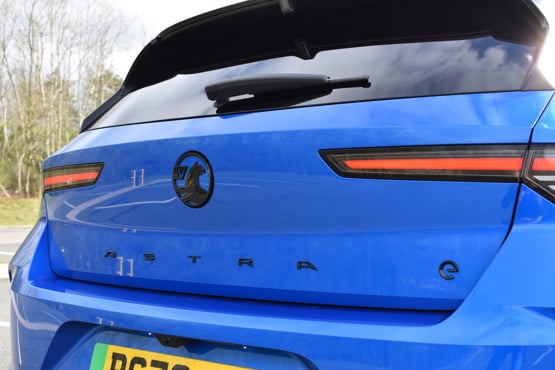
Stated energy consumption is 4.2 miles per kWh. Vauxhall claims that the Astra Electric requires just 12.7kWh of electricity to cover 62 miles, “making it ideal for daily use”.
There are three trim levels available, Design, GS and Ultimate. Our model on test is the top spec Ultimate with a P11D value of £43,205 compared to the entry level model at £37,70 and mid-level at £40,090.
Key amongst the features available include the digital Pure Panel with two 10-inch digital instrument display and central screen with key information on battery charge status or range, while temperature control and air con are adjusted with physical button in the central console.
A windscreen projected head-up display shows the driver speed and speed limits, there’s a chime warning of speed cameras and additional safety equipment includes front collision warning, active lane assist, drowsiness detection, a 360-degrees panoramic parking camera and rear cross alert.
Note also that the Astra range comes with active sport seats certified by the Campaign for Healthier Backs as offering excellent support for your drivers.
Jeremy has been a journalist for 30 years, 25 of which have been in business-to-business automotive. He was a writer and news editor on Fleet News for three years. He is Bauer B2B’s head of digital operations helping to manage the digital assets of Fleet News, and sister-brands Automotive Management and RAIL.
In 2025 he is an Association of Online Publishers awards judge.
For six years Jeremy was Automotive Management editor.


Specs
| Manufacturer | Vauxhall |
| Model | Astra Electric Hatchback |
| Specification | Vauxhall Astra Electric Hatchback 115kW Ultimate 54kWh 5dr Auto |
| Model Year | 2026.00 |
| Annual VED (Road tax) | £10 |
| BIK List Price | £39,340 |
| Range | 257.00mile(s) |
| CO2 | N/A |
| BIK Percentage | 3% |
| Insurance Group | N/A |
| CC | 1 |
| Fuel Type | Electric |
| Vehicle Type | Medium car |
| Luggage capacity (Seats up) | 352litres |
| Doors | 5 |
Running Costs
| P11D | £39,340 |
| Cost per mile | 49.73ppm |
| Residual value | £13,025 |
| Insurance group | N/A |
| Fuel Type | Electric |
| Cost per mile | 194.16ppm |
| Fuel | 2.17ppm |
| Depreciation | 190.95ppm |
| Service maintenance and repair | 1.04ppm |
Rivals
Info at a glance
-
P11D Price
£39,340
-
MPG
N/A (WLTP) -
CO2 Emissions
N/A -
BIK %
3% -
Running cost
3 Year 60k : £13,025 4 Year 80k : £10,350 -
Fuel Type
Electric -
Range
257.00mile(s)



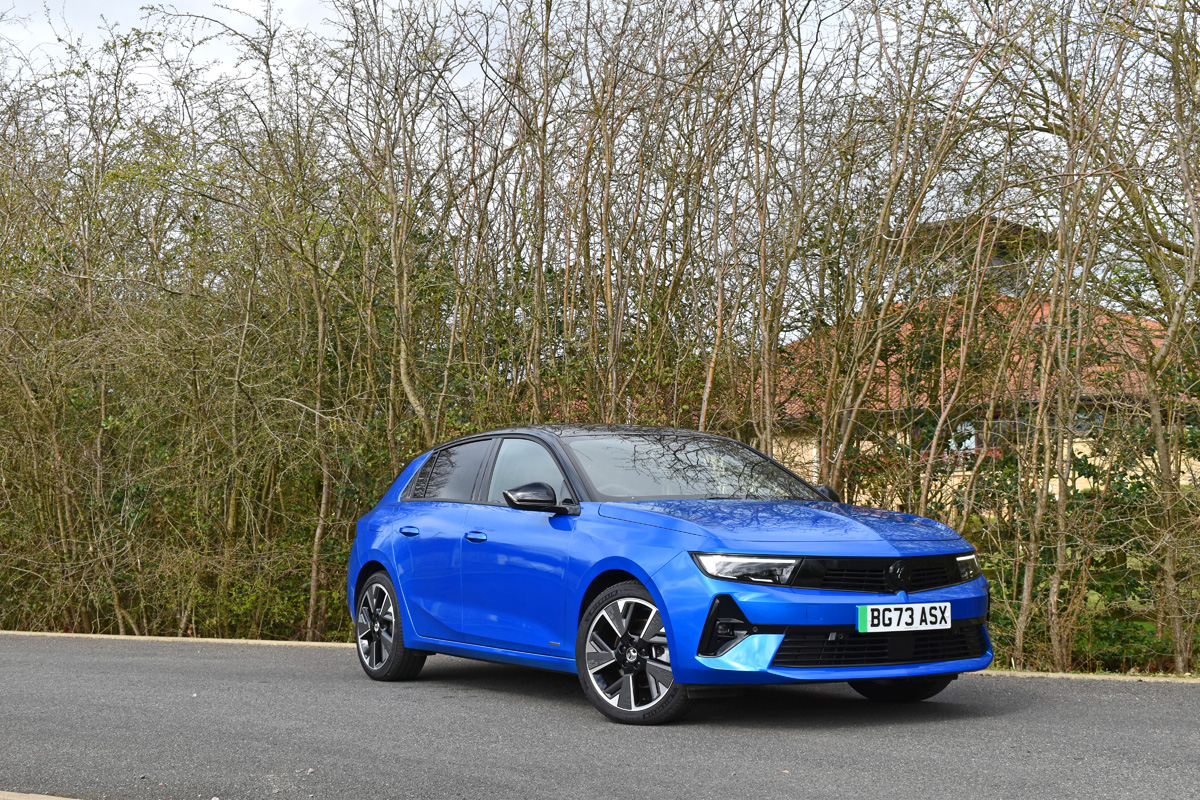
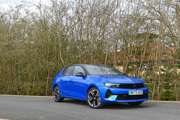
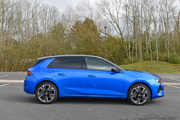
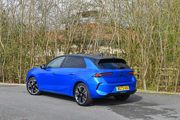
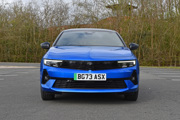
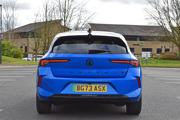
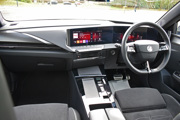
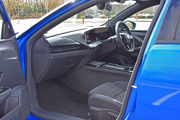
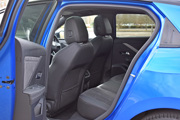
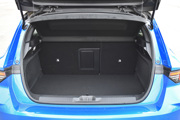
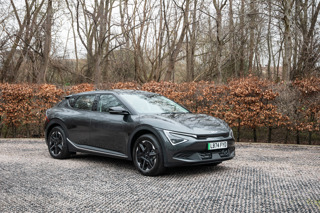
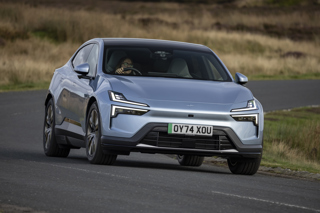
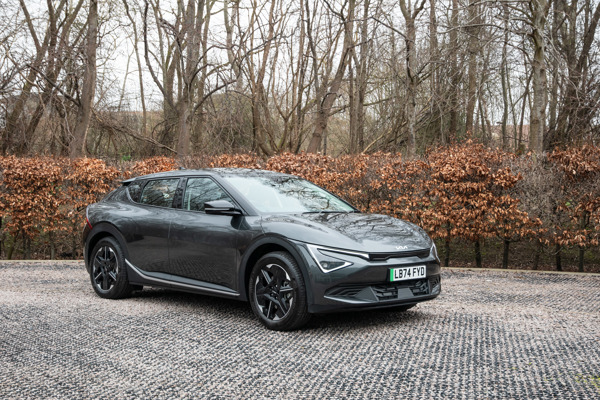
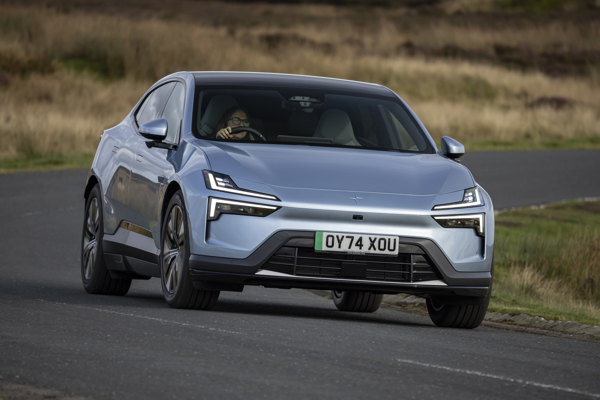
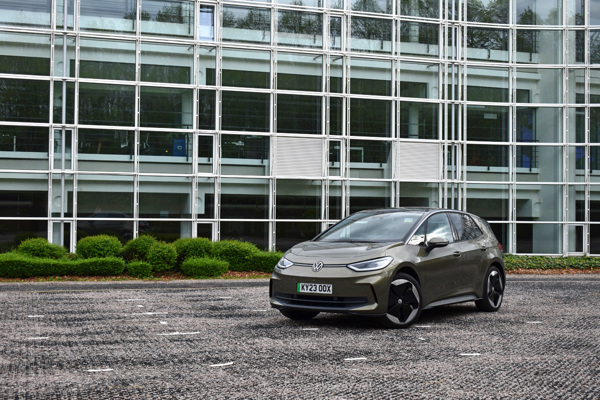
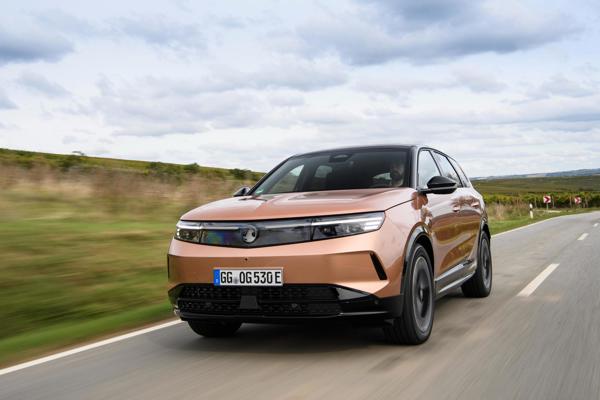
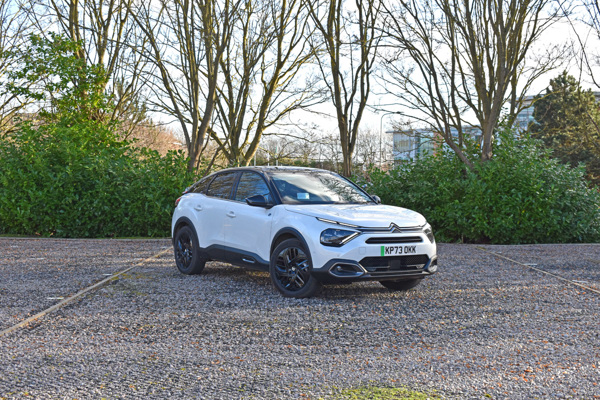
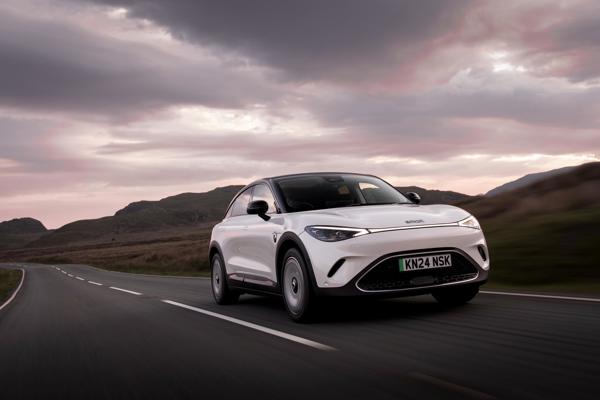




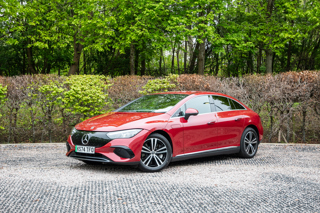












Login to comment
Comments
No comments have been made yet.